
Should you know the chord changes?
I’ve always believed that the best way to gain skill as a musician is to develop one’s ear and its connection to the instrument. That belief led to the creation
Categories:
Categories:
Last night, I watched a video of pianist Kenny Werner speak at Google about his Effortless Mastery method. In my next life, I want to work for Google. You’ve got to give Google credit for being open to interesting ideas that stretch the minds of its people. This one was on creativity.
Kenny demonstrated to the crowd what I think is the foundation of his method: Being present.
What is presence? It means being fully in focus RIGHT NOW. It’s an absence of distractions born through the thinking of worry, anticipation, shame, or thousands of other thoughts that occupy our conscious mind throughout each day.
To begin exploring this life-changing topic, I recommend these books:
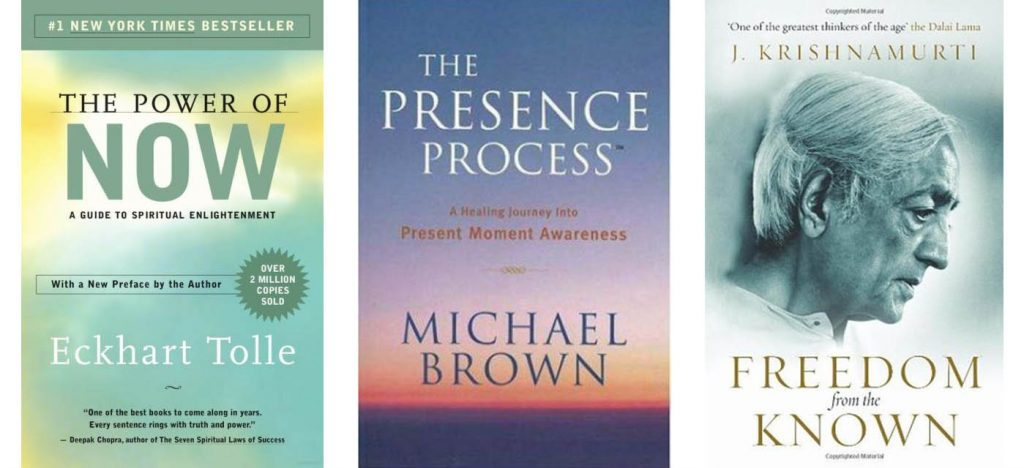
And if you prefer learning through fiction, enjoy this classic:
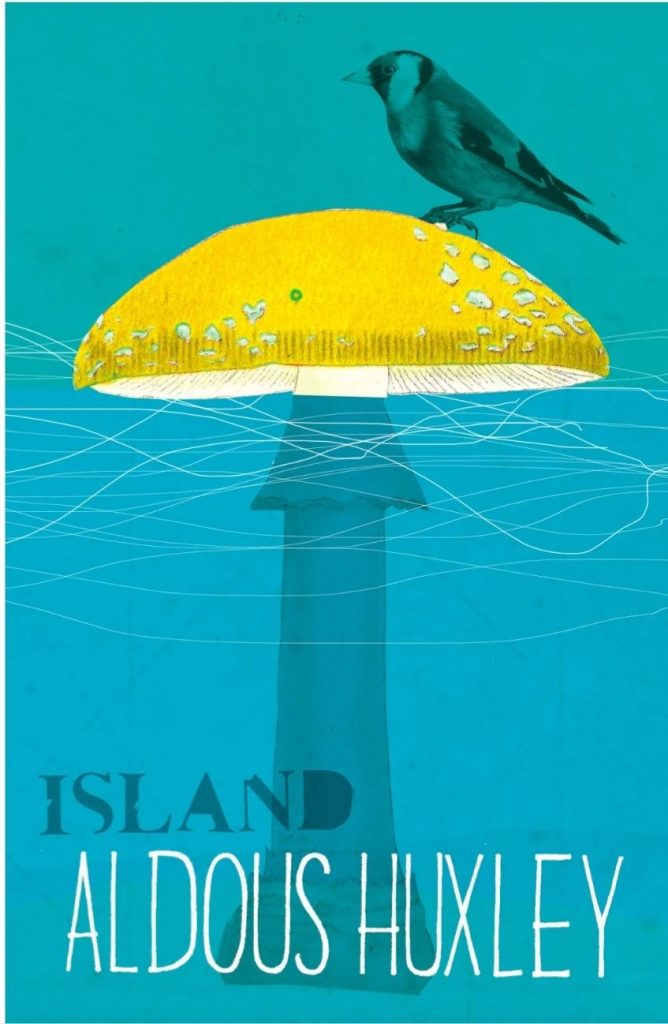
I label the distractions that occupy the conscious mind, Time Travel. It’s not the kind of time travel that would allow you to play yesterday’s winning lottery numbers the day before. It’s the traveling of your mind that worries about tomorrow or regrets what you did yesterday. You should learn from the mistakes of your past, but that is different from a lingering obsession with shame over them.
Kenny recognizes correctly that the more in tune you are with the activity of expressing yourself musically in the absence of time travel, the better or more authentically you will play. The word mastery comes from that place where you become a witness to your playing rather than grinding it out as you fret over the “wrong” note you just played or your guilt over the tune’s bridge speeding toward you that you never quite nail. With those thoughts racing through your mind, the listener is hearing notes being manufactured by you but there is no real YOU performing at your musical best.
Presence is elusive. The moment you ask, am I present… ooops, you traveled back in time. The instant you ask yourself how long you can keep it, well, you traveled forward in time. It’s impossible to be present while you time travel.
Kenny offers some good tips for quieting your mind. Any meditation guide will have you witness your breathing. Not evaluate it to “try” to breathe, but just witness it. That’s because breathing is a reflex that needs no effort. We rarely think of our breathing unless we can’t breathe or we’re climbing Mt. Everest. So Kenny asks the audience to just witness their breathing without evaluation or effort.
One related activity you can do at any time, anywhere, is to simply listen.
Hear the sounds around you without labels or judgment. You can also look at something and simply observe it. Take in the color, light, and shape. Don’t describe it. Just look.
The benefit you will discover in this non-judging, non-analyzing is that any stress you were carrying will dissipate. You must hold on to stress and the moment you release it, where did it go? Maybe not for long, but for those brief moments you calm down your mind enough to truly hear or observe, the time travel of worry, shame, embarrassment, and anticipation melt away. In those moments, please realize that you have control over your stress.
This is exactly the state of mind I encourage while playing the exercises in my book Jazz Patterns for Ear.
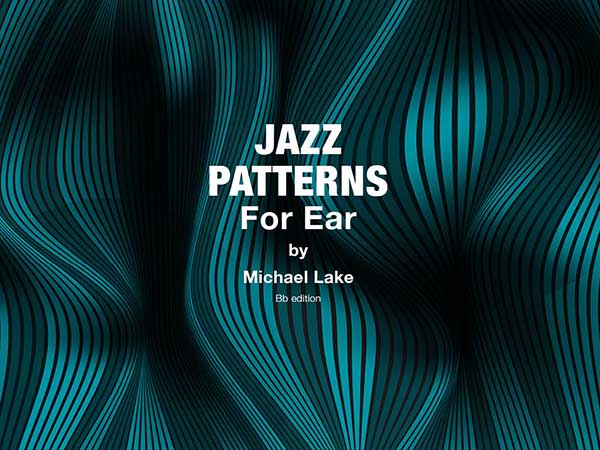
These are NOT patterns to memorize in 12 keys while playing over II-V-I progressions. Instead, they are very simple patterns that you play by ear. Hear the first note then listen your way through the pattern.
Notice that I did not say, ‘analyze’ your way through the pattern. And in fact, the state of mind required to play the patterns is exactly the state of mind Kenny is teaching. Listen and watch your instrument find the notes.
Now, where I diverge from Kenny is that this state or ability is effortless. It’s anything BUT effortless. For your instrument to ‘find’ the right notes within the patterns requires thousands of hours of work on your instrument.
No matter how present one is, being one with your instrument requires a long-term dilligent effort. Hand the Dalai Lama an alto trombone and I doubt he’ll immediately play middle C after hearing it on the piano.
Below is an over-simplified image of the brain’s two hemispheres
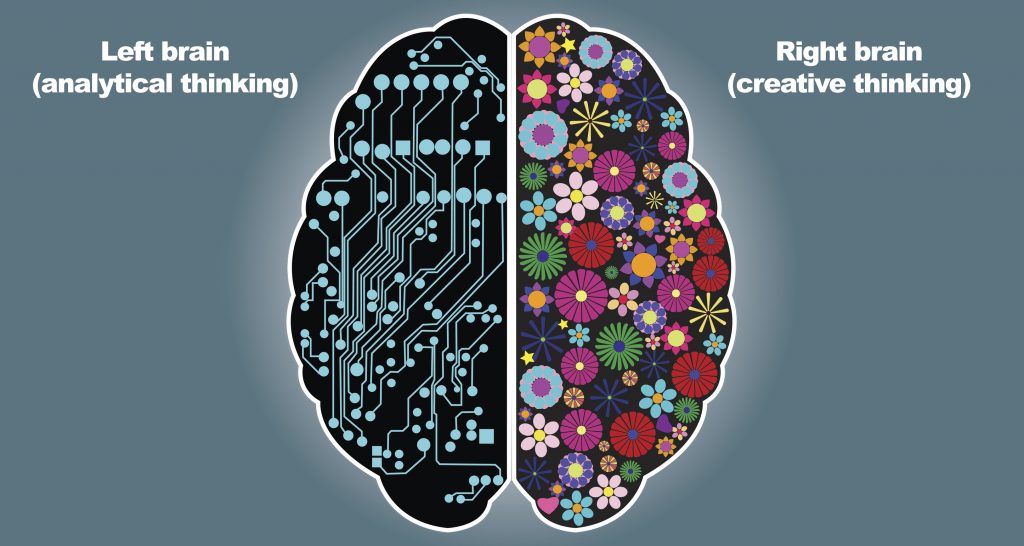
The real challenge of Jazz Patterns for Ear is in turning off your left side analytical mind that demands to think, “A major third below B is G so the third note of the next pattern is G.” or “I remember last time that the second pattern went down to A.” To do that completely misses the point of the book.
The point to these exercises is to turn off that part of your brain so that you can listen to the starting note and allow your fingers to find the notes of the pattern.
This is NOT a book for beginners. It requires a foundation of a certain connection between your musical mind and your instrument – back to those thousands of hours practicing. But at a certain level of proficiency, these patterns provide you with two rewards: 1. An assessment of your ear/instrument connection, and 2. the means to greatly improve it.
Okay, one more… It allows you to experience your analytical chatter of which you’re probably unaware and that gets in the way of your authentic playing. And the book gives you an enjoyable playground for replacing it with presence.
For musicians, that chatter is the destructive force of negative evaluation. In part, I blame school. A-B-C-D-F. We developed a pre-occupation with guilt-ridden self-evaluation. Am I smart? Am I talented? Am I capable? etc.
This is the great lesson of Kenny’s method. Although I disagree that mastery can ever be gained effortlessly, I really do like the fact that he instills in people the belief that they can reach their potential to be their best and most authentic musical self.
Once people know that about themselves, anything is possible.

Trombonist, author, marketer, & tech guy
Share this post…

I’ve always believed that the best way to gain skill as a musician is to develop one’s ear and its connection to the instrument. That belief led to the creation

I recently watched a video performance by the amazing classical pianist Yuja Chang. I’ve seen her memorizing motion and heard her virtuosic playing before, but something hit me after seeing

I have created a AI chatbot called Jazz Master Chat that draws from 75 hours of interviews from my Jazz Master Summit event a couple of years ago. I interviewed

My recently turned 18 year old son is a passionate photographer He 8217 s got himself a little business

A couple weeks ago I sent Richie Beirach a YouTube clip from the movie Whiplash as a bit of
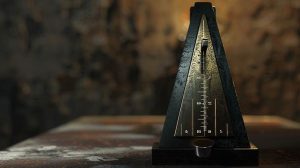
I originally meant to write this as a reply to a comment Richie Beirach wrote on my blog But
Tools for helping musicians at all levels learn about jazz and play to their full capability.
Web design and marketing by:
Michael Lake @JazzDigitalMarketing.com
This is just a fake book example for the type of website I can build for you. Just trying to use a little humor here!